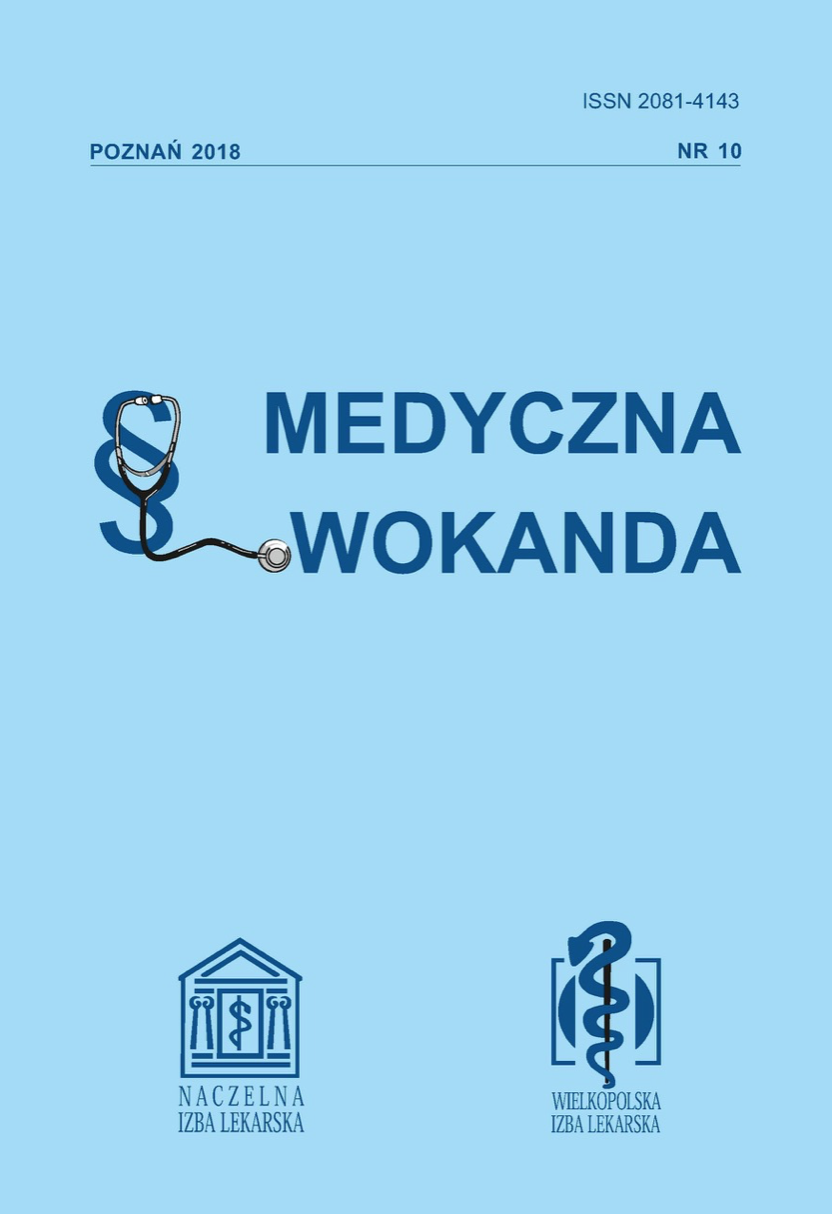Badanie żywej kropli krwi i inne czary – refleksje lekarza
– rzecznika odpowiedzialności zawodowej
Live blood analysis and other witchcraft – reflections of a physician – the screener for professional liability
Author(s): Krzysztof LubeckiSubject(s): Civil Law, Health and medicine and law
Published by: Naczelna Izba Lekarska
Keywords: badanie żywej kropli krwi; zakaz posługiwania się przez lekarza metodami uznanymi przez naukę za szkodliwe; bezwartościowe lub niezweryfikowane naukowo; odpowiedzialność zawodowa lekarza w przypadku p
Summary/Abstract: The article analyses, from both the medical viewpoint and the directives provided for in theCode of Medical Ethics (CME), a “popular” diagnostic method, the so-called live blood analysis. The consideration concerns in particular the possibility, in such cases, of violation ofArticle 57, CME by the physician, according to which “a physician is not allowed to use methodsrecognised by science as harmful, worthless or not scientifically verified. He is also notallowed to cooperate with those who deal with medical treatment, and who are not approved todo so”. In turn, in Art. 57 (2) of the CME, the requirement is to select the form of diagnostics ortherapy to be primarily based on the criterion of patient’s effectiveness and safety, and prohibitexposing him/her to additional costs. Finally, paragraph 3 of this article says that “The physicianshould not make a choice and recommendation of a therapeutic agent and methods of diagnosiswith his/her own benefits in mind”. The author is considering the possibility of bringing theallegations of violation of Art. 6 CME to exponents of this method, ordering the doctor to “limitthe medical activities to the actual needs of the patient in accordance with the current state ofknowledge”. The author puts forward a thesis in this context that a live blood test is obviouslyneither really necessary for the patient nor consistent with the current state of knowledge! Allthis may lead to the conclusion that in the case of using such a diagnostic method, one may alsoconsider a violation of Article 1 of the CME, stating that any medical conduct that underminesconfidence in the profession is a violation of the dignity of the profession.
Journal: Medyczna Wokanda
- Issue Year: 10/2018
- Issue No: 10
- Page Range: 63-70
- Page Count: 8
- Language: Polish

